-
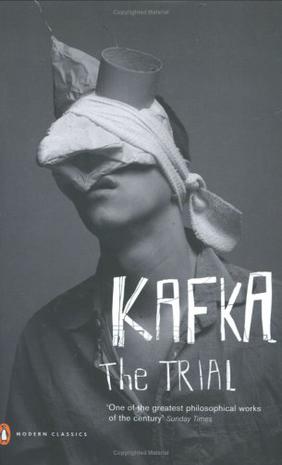
The Trial
在线阅读本书 A terrifying psychological trip into the life of one Joseph K., an ordinary man who wakes up one day to find himself accused of a crime he did not commit, a crime whose nature is never revealed to him. Once arrested, he is released, but must report to court on a regular basis--an event that proves maddening, as nothing is ever resolved. As he grows more uncertain of his fate, his personal life--including work at a bank and his relations with his landlady and a young woman who lives next door--becomes increasingly unpredictable. As K. tries to gain control, he succeeds only in accelerating his own excruciating downward spiral. -
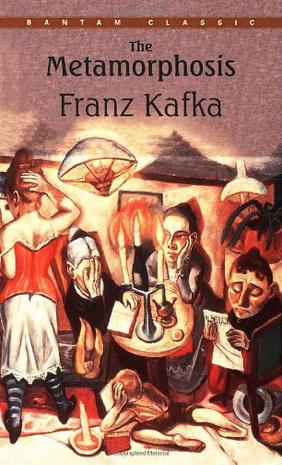
The Metamorphosis
Writings by and about Kafka and textual notes accompany this translation of his early-twentieth-century work. The Metamorphosis (in German, Die Verwandlung) is a novella by Franz Kafka, first published in 1915, and arguably the most famous of his works along with the longer works The Trial and The Castle. The story begins with a traveling salesman, Gregor Samsa, waking to find himself transformed into a giant "monstrous vermin" (see Lost in translation, below). It is widely regarded as a highly symbolic tale with various interpretations. From Publishers Weekly Kuper has adapted short works by Kafka into comics before, but here he tackles the most famous one of all: the jet-black comedy that ensues after the luckless Gregor Samsa turns into a gigantic bug. The story loses a bit in translation (and the typeset text looks awkward in the context of Kuper's distinctly handmade drawings). A lot of the humor in the original comes from the way Kafka plays the story's absurdities absolutely deadpan, and the visuals oversell the joke, especially since Kuper draws all the human characters as broad caricatures. Even so, he works up a suitably creepy frisson, mostly thanks to his drawing style. Executed on scratchboard, it's a jittery, woodcut-inspired mass of sharp angles that owes a debt to both Frans Masereel (a Belgian woodcut artist who worked around Kafka's time) and MAD magazine's Will Elder. The knotty walls and floors of the Samsas' house look like they're about to dissolve into dust. In the book's best moments, Kuper lets his unerring design sense and command of visual shorthand carry the story. The jagged forms on the huge insect's belly are mirrored by folds in business clothes; thinking about the debt his parents owe his employer, Gregor imagines his insectoid body turning into money slipping through an hourglass. Every thing and person in this Metamorphosis seems silhouetted and carved, an effect that meshes neatly with Kafka's sense of nightmarish unreality. From School Library Journal Adult/High School-Gregor Samsa wakes up and discovers he has been changed into a giant cockroach. Thus begins "The Metamorphosis," and Kuper translates this story masterfully with his scratchboard illustrations. The text is more spare, but the visuals are so strongly rendered that little of the original is changed or omitted. Though the story remains set in Kafka's time, Kuper has added some present-day touches, such as fast-food restaurants, that do not detract from the tale. He has used the medium creatively, employing unusual perspectives and panel shapes, and text that even crawls on the walls and ceilings, as Gregor does. The roach has an insect body but human facial expressions. Once he is pelted with the apple, readers can watch his rapid decline, as his body becomes more wizened and his face more gaunt. This is a faithful rendition rather than an illustrated abridgment. ---Jamie Watson, Enoch Pratt Free Library, Baltimore Book Dimension Height (mm) 175 Width (mm) 105 -
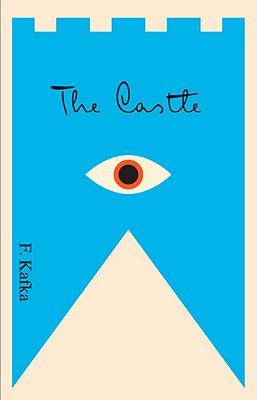
The Castle
Translated and with a preface by Mark Harman Left unfinished by Kafka in 1922 and not published until 1926, two years after his death, The Castle is the haunting tale of K.’s relentless, unavailing struggle with an inscrutable authority in order to gain access to the Castle. Scrupulously following the fluidity and breathlessness of the sparsely punctuated original manuscript, Mark Harman’s new translation reveals levels of comedy, energy, and visual power previously unknown to English language readers. -
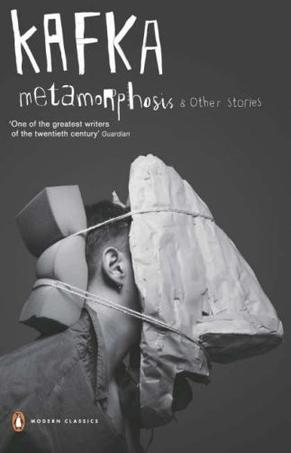
Metamorphosis and Other Stories
This collection of new translations brings together the small proportion of Kafka's works that he thought worthy of publication. It includes 'Metamorphosis', his most famous work, an exploration of horrific transformation and alienation; 'Meditation', a collection of his earlier studies; 'The Judgement', written in a single night of frenzied creativity; 'The Stoker', the first chapter of a novel set in America and a fascinating occasional piece and 'The Aeroplanes at Brescia', Kafka's eyewitness account of an air display in 1909. Together, these stories reveal the breadth of Kafka's literary vision and the extraordinary imaginative depth of his thought. -

误入世界
这本书的内容选自卡夫卡的《随笔集》与《谈话录》,收录的主要是一些能够体现这位大文豪与大思想家对人生世事思考的文章与段落警句,包括《恶是善的星空》、《前世的证明》、《人的弱点》、《权力意志的罪孽》、《文学是精巧的奢侈品》等37篇文章。 -
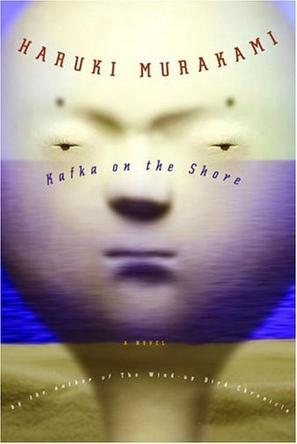
Kafka on the Shore
With Kafka on the Shore, Haruki Murakami gives us a novel every bit as ambitious and expansive as The Wind-Up Bird Chronicle, which has been acclaimed both here and around the world for its uncommon ambition and achievement, and whose still-growing popularity suggests that it will be read and admired for decades to come. This magnificent new novel has a similarly extraordinary scope and the same capacity to amaze, entertain, and bewitch the reader. A tour de force of metaphysical reality, it is powered by two remarkable characters: a teenage boy, Kafka Tamura, who runs away from home either to escape a gruesome oedipal prophecy or to search for his long-missing mother and sister; and an aging simpleton called Nakata, who never recovered from a wartime affliction and now is drawn toward Kafka for reasons that, like the most basic activities of daily life, he cannot fathom. Their odyssey, as mysterious to them as it is to us, is enriched throughout by vivid accomplices and mesmerizing events. Cats and people carry on conversations, a ghostlike pimp employs a Hegel-quoting prostitute, a forest harbors soldiers apparently unaged since World War II, and rainstorms of fish (and worse) fall from the sky. There is a brutal murder, with the identity of both victim and perpetrator a riddle–yet this, along with everything else, is eventually answered, just as the entwined destinies of Kafka and Nakata are gradually revealed, with one escaping his fate entirely and the other given a fresh start on his own. Extravagant in its accomplishment, Kafka on the Shore displays one of the world’s truly great storytellers at the height of his powers.